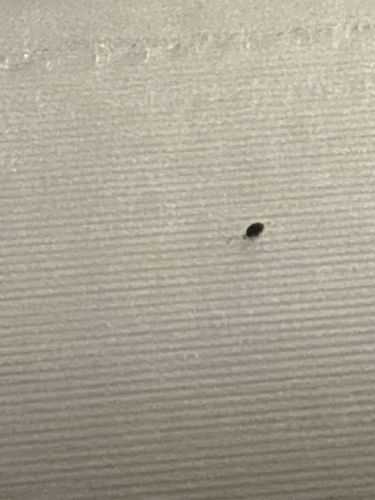Springtail
Scientific Name: Collembola (general name for the order, specific scientific names vary greatly by species)
Order & Family: Order: Collembola (currently considered a class separate from insects); Families include Entomobryidae, Isotomidae, Sminthuridae, Poduridae, etc.
Size: Typically 0.2 mm to 10 mm in length, with most common species being less than 3 mm.

Natural Habitat
Found globally in moist, dark environments, including soil, leaf litter, rotting wood, under bark, in caves, and damp areas indoors (e.g., bathrooms, basements, potted plants).
Diet & Feeding
Mainly detritivores, feeding on decaying organic matter, fungi, algae, and bacteria. Some species may feed on plant roots, especially in damp conditions.
Behavior Patterns
Springtails are known for their ability to jump using a furcula, a spring-like appendage tucked under their abdomen. When disturbed, they release the furcula, propelling themselves into the air. They are found in moist environments and feed on decaying organic matter, fungi, and bacteria. Some species can be found in large numbers in moldy or damp areas.
Risks & Benefits
Generally harmless to humans. They do not bite, sting, or transmit diseases. Indoors, their presence often indicates a moisture problem or mold growth. In soil ecosystems, they are beneficial decomposers, helping to break down organic matter and cycle nutrients. Some species might cause minor damage to seedlings in high numbers, but this is rare.
Identified on: 8/29/2025